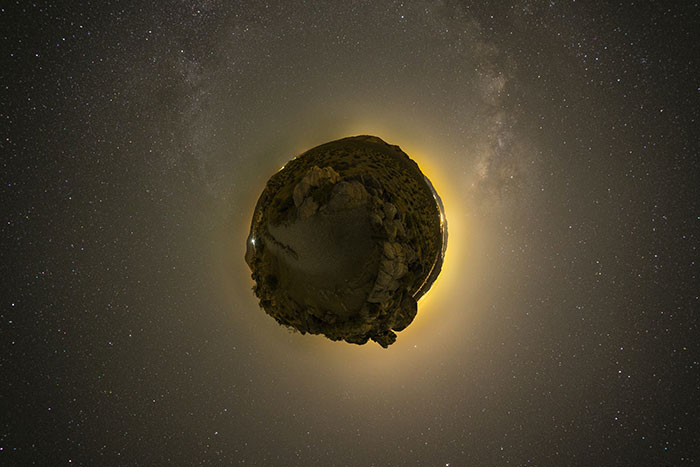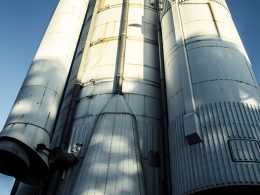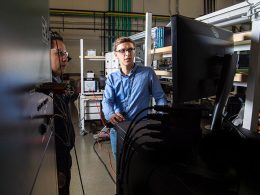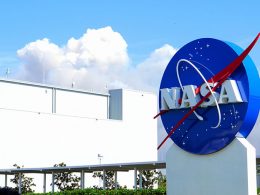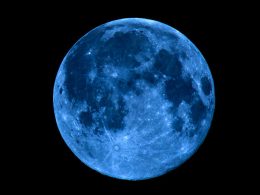A “new asteroid” picked up by a telescope in Hawaii last month appears to be the remains of a discarded rocket component, scientists said. The suspected asteroid had been added to the International Astronomical Union’s Minor Planet Center and named “Asteroid 2020 SO”.
Scientists believe the suspected asteroid which is likely an abandoned rocket from the botched Moon mission of 1966 is hurtling directly towards our Earth and may hit our gravity by the middle of November. Paul Chodas, director of the Center for Near-Earth Object Studies at NASA’s Jet Propulsion Laboratory in California, said what is now believed to be a space junk may circle Earth for four months before entering back to its own orbit around the sun by March 2021.
With over 30 years of experience in tracking asteroids, Chodas said the suspected space junk may be the upper rocket stage of the Centaur spacecraft which launched NASA’s Surveyor 2 lander to the moon in 1966 before it broke up and disappeared. NASA engineers – 54 years ago – said one of the rocket’s thrusters failed to ignite while drawing close to the lunar surface, traveling past the moon and entering into orbit with the sun, where it disintegrated and became a space junk that disappeared forever.
It is now believed that the rocket component that disappeared 54 years ago and failed to reach the moon is what the Hawaii telescope picked up in September and erroneously believed to be an asteroid. The mysterious object is around 26 feet, and close in size to the 32 feet long engine nozzle and 10-feet diameter of the 1966 Centaur. Chodas found some inconsistencies in the solar orbit of the suspected asteroid, saying it is very unusual for true asteroids.
According to Chodas, some of the red flags that indicate Asteroid 2020 OS is not a true asteroid but possibly space junk are that it is exactly on the same plane as Earth, and approaching Earth at a very slow speed of 1,500 mph. He said that scientists will understand the object better when it reaches Earth’s gravity in mid-November since its orbit will be easy to calculate by then, and the sun’s gravitational pull on it will be measurable. But for now, the object is still 5 million miles away.
“Some more data would be useful so we can know for sure,” said Carrie Nugent, an asteroid hunter from Olin College of Engineering in Needham, Massachusetts. “Asteroid hunters from around the world will continue to watch this object to get that data. I’m excited to see how this develops!”
Source: independent.co.uk





